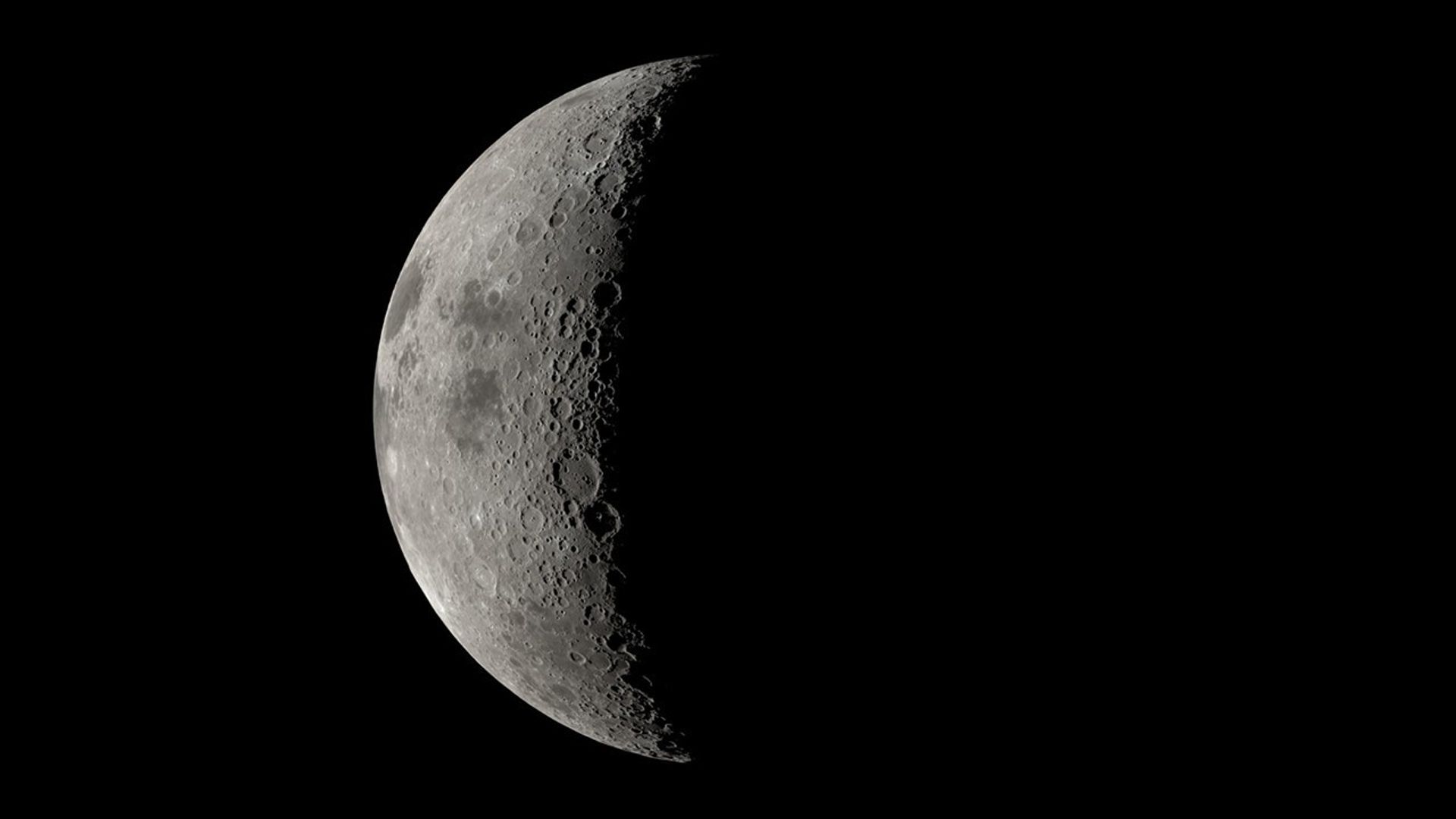Lunar Prospector
Type
Launch
Target
Objective
What was Lunar Prospector?
NASA's Lunar Prospector orbited the Moon for almost 19 months to map its surface composition and to look for polar ice. The probe found evidence suggesting water ice at both poles. The mission ended with the spacecraft impacting the lunar surface, creating a dust cloud that was studied from Earth.
| Nation | United States of America (USA) |
| Objective(s) | Lunar Orbit and Impact |
| Spacecraft | Lunar Prospector |
| Spacecraft Mass | 660 pounds (300 kilograms) |
| Mission Design and Management | NASA / ARC |
| Launch Vehicle | Athena-2 (LM-004) |
| Launch Date and Time | Jan. 7, 1998 / 02:28:44 UT |
| Launch Site | Cape Canaveral Air Force Station / SLC-46 |
| Scientific Instruments |
|
Key Dates
Jan. 8, 1998: Launch
Jan. 12, 1998: Entered Lunar Orbit
July 31, 1999: Lunar Impact
In Depth: Lunar Prospector
Lunar Prospector was designed to collect data to compile the first complete compositional and gravity maps of the Moon during its planned one year mission in lunar polar orbit. It was the third mission of NASA’s Discovery Program of low cost, highly focused, and relatively frequent missions that were competitively selected.
After two course corrections, Lunar Prospector entered orbit around the Moon 105 hours after launch. Initial parameters were 57 x 95 miles (92 × 153 kilometers). After two additional corrections Jan. 13 and Jan. 15, the spacecraft entered its operational 62 x 62-mile (100 × 100-kilometer) orbit at 90 degrees inclination with a period of 118 minutes.
Scientists were most interested in continuing the investigations into the signs of water ice on the Moon found by the Clementine probe.
In March 1998, NASA announced that data from Lunar Prospector suggested the presence of water ice at both the lunar poles. The neutron spectrometer instrument detected hydrogen, assumed to be in the form of water. The information indicated that a large amount of water ice, possibly about 330 million short tons (300 million metric tons), was mixed into the regolith at each pole, the first direct evidence of water ice at the lunar poles.
The spacecraft also detected strong localized magnetic fields, mapped the global distribution of major rock types, and discovered signs of a 370-mile (600-kilometer) diameter, iron-rich core.
On Dec. 10, 1998, Lunar Prospector’s orbit was lowered to 25 miles (40 kilometers) to perform high-resolution studies. A subsequent maneuver Jan. 28, 1999, changed the orbit to about 9 x 28 miles (15 × 45 kilometers) and ended the space probe’s primary mission, but began an extended mission for an additional seven months.
Lunar Prospector was deliberately impacted onto the shadowed Shoemaker crater on the lunar surface at 09:52:02 UT July 31, 1999. Observations of the resulting dust cloud by Earth-based telescopes showed no spectral signature characteristic of water vapor.
The vehicle carried part of the cremated remains of geologist Eugene Shoemaker to the lunar surface.
Key Source
Siddiqi, Asif A. Beyond Earth: A Chronicle of Deep Space Exploration, 1958-2016. NASA History Program Office, 2018.




































